|
As I mentioned in the Beaded Satin Slumber Cap, I was helping a friend (also named Ann) clean out some of her sister's possessions when she gave me a hatbox. Inside was this wonderful beaded and sequined double crown. Since it belonged to her sister, Ann has no idea of its history. When I searched online for more information, I found a few of these small beaded crowns for sale. My guess is that this one was a wedding accessory, perhaps with a veil attached. Here's a picture I found online of a sixties bride wearing one a bit similar: When I tried the crown on, it immediately became apparent that it was missing the elastic, comb, or hairband that had originally held it in place. Perhaps that was lost with the veil. I rigged something up for the photo, though it wasn't easy to find elastic, since everyone is making pandemic masks! I think the crown is from the sixties, but I am not confident in that estimate. Similar crowns online are listed as being from the forties to the sixties. As I've mentioned before, hats are difficult to date--you often have to go by style alone. Sometimes writing this blog involves detective work, or just plain curiosity. In this case, I started wondering about Gigi Hats in Richmond. Fortunately, the hatbox had the address. After doing some googling, I found another Gigi hat for sale with a hatbox from a different era. The store has been out of business for years; however, its signs remain. The barber shop that occupies the location has retained the sign on the side of the building: Notice that the font is the same and that blue seems to have been their signature color. They also had a large neon sign. It is now repainted white, but here's a picture from 2012, before it was repainted: It's hard not to see this picture as a metaphor. Hats, once a necessary accessory, have now declined to a niche product. Shops devoted to nothing but hats are rare and usually small. However, I take some positives from these signs. First, though the shop is gone, the signs are not. Someone has seen fit to preserve them as a legacy of a beloved local business, the same as my friend's sister preserved the beaded crown. And second, as my Instagram feed proves, many people like me are still interested in vintage hats, caring for them and cherishing them as much as the ladies of the past did. Return to The Hat Project main page.
4 Comments
I recently helped a chorus friend (also named Ann) clean out her sister’s possessions after her passing. “If you see anything you want,” she said generously, “just take it.” As I was helping her empty one clothes closet, the other chorus members working in the house marched ceremoniously into the room, bearing a small hatbox. Knowing I love hats, they presented it to me. The box was old. Whatever was inside had obviously held sentimental value to my friend’s sister. I opened it up and found, not a hat, but another special item of millinery (which I will be covering in a future post). After trying it on, I noticed the box contained something else, something blue satin folded in the bottom. When I took it out, I discovered that the blue satin was the inside of another hat. The outside was white satin studded with beads. It intrigued me. Was it one of those fashionable turbans from the late sixties/early seventies, such as Elizabeth Taylor was famous for wearing? However, when I tried it on and ran to a mirror, it looked more like a toque—in fact, it looked like a bejeweled chef’s hat. So what was it? I started a research game I called Turban or Toque, googling images of vintage hats (and discovering something called a "turban toque" which further confused me). I got out my hat reference book. Perhaps it was neither—maybe it was a tam? It wasn’t knit, and it was a little too floppy, but it did have the basic shape, the band, and a knot of beads on top in place of the pompom. Flummoxed, I decided to call in the experts--The Fabulous JewelTones. On the weekly zoom call, I modeled the hat. “Turban, Toque, or Tam?” I asked. The costumer nixed tam. I got some votes for toque (“You look like the Pillsbury Doughboy!") Finally, one of the jewels suggested it was a sleeping cap, such as ladies who got their hair done once or twice a week used to preserve their hairdos between salon visits. “My mother wore one of those,” one JewelTone said. “We used to call it her helmet.” I had briefly considered that this cap was for sleeping but rejected the idea because it had beads on it. Wouldn’t it be uncomfortable to sleep with them sticking into your skull? However, I reminded myself that during this era women routinely slept on rollers, sometimes quite large and spiky ones. What were a few little beads to that, especially cushioned by a poofy sixties hairdo? Googling satin sleeping caps, I found lots that looked very similar, though none were beaded. And this cap (as one vintage ad said) was clearly “Bouffant Size.”
When I wore this hat, I wadded up bubble wrap to mimic the bouffant that would have filled the cap. I imagined myself with an Amy Winehouse beehive hidden under there, ready to spring forth in the morning to conquer the world with Aqua Net-fueled, gravity-defying heights. |
AuthorAnn Hillesland writes fiction and nonfiction and collects hats. In this blog she vows to wear (not just model, but wear out of the house) every one of her hats, blogging about their histories and their meanings for her. Archives
March 2024
Categories |
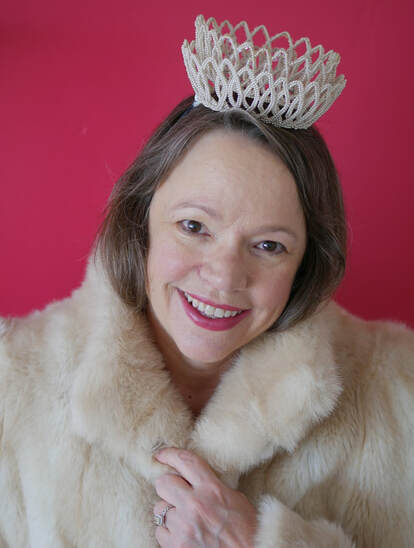
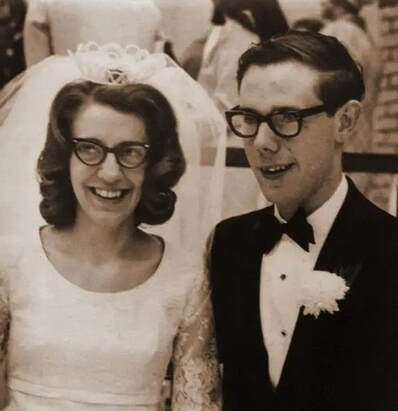
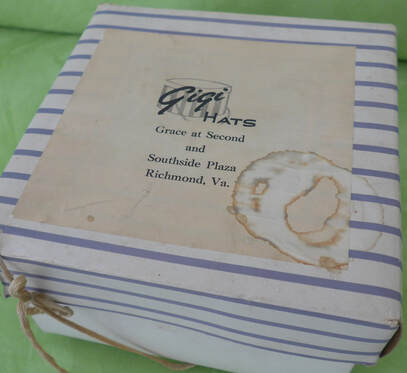
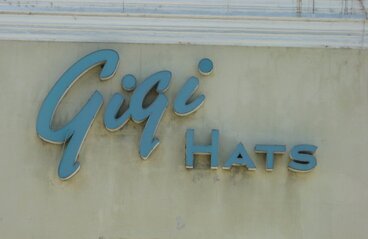
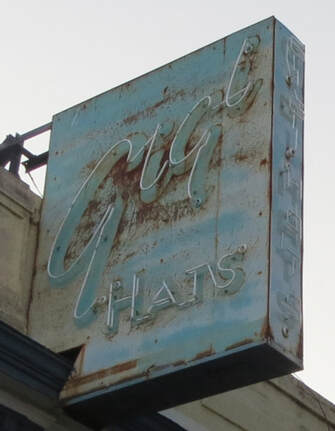
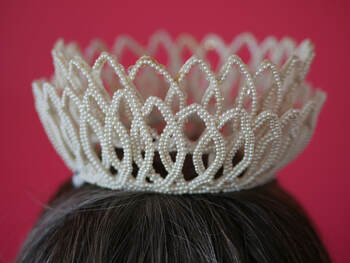
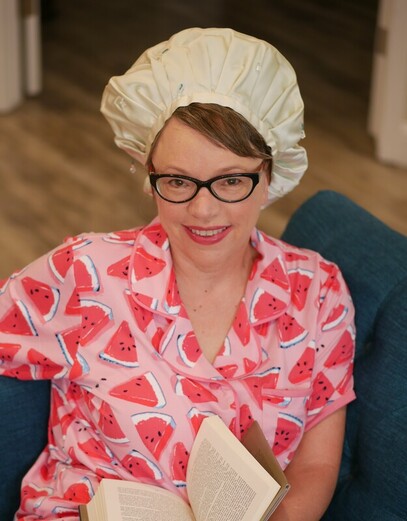
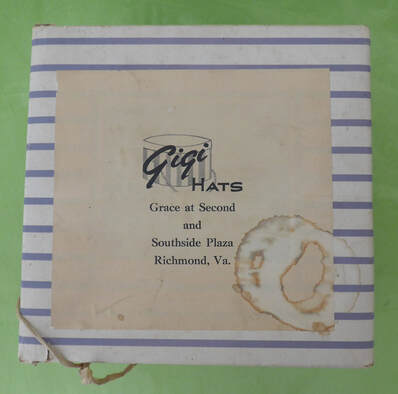
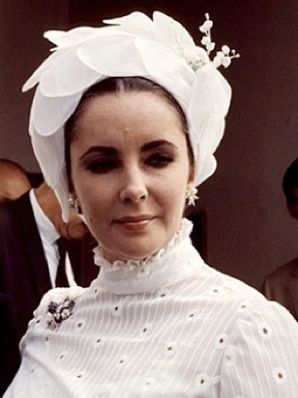
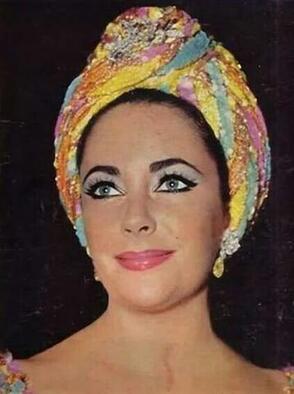
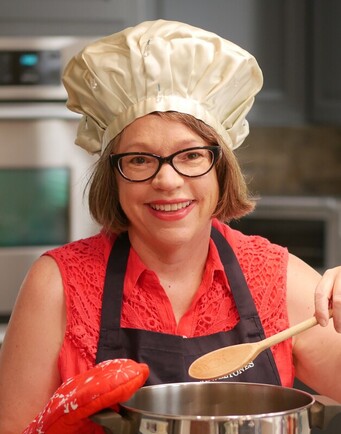
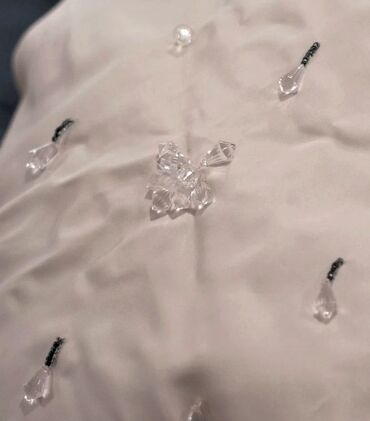
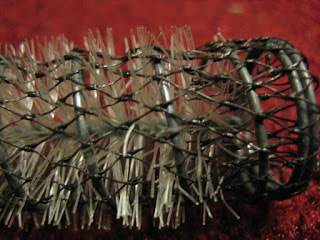
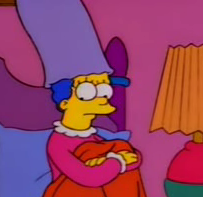
 RSS Feed
RSS Feed